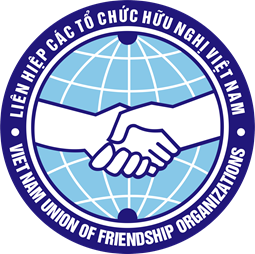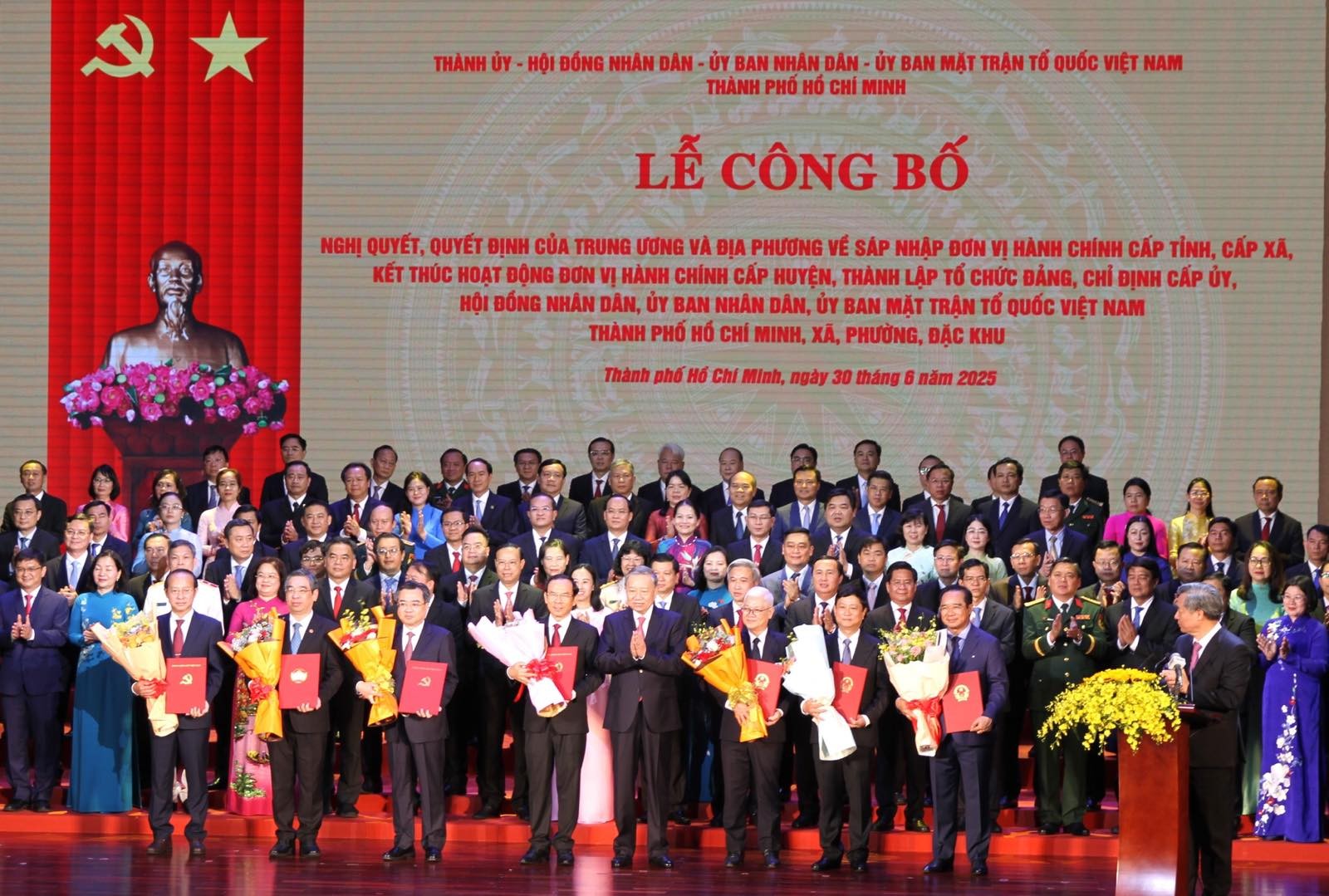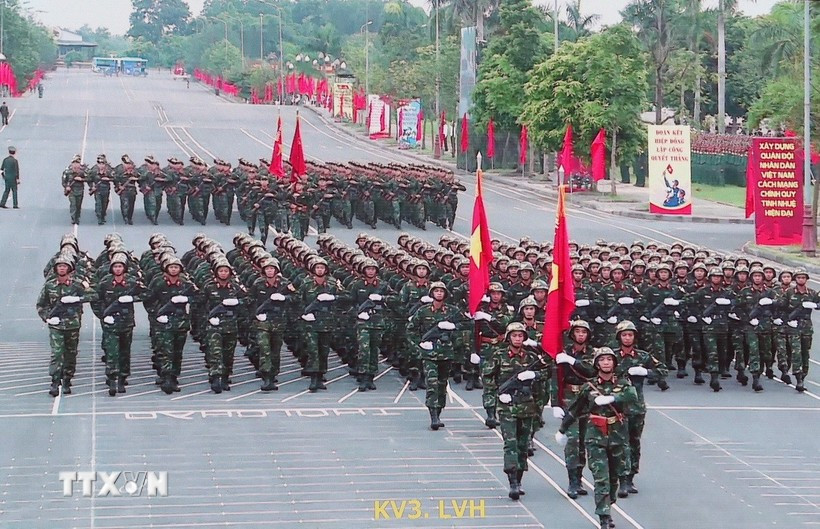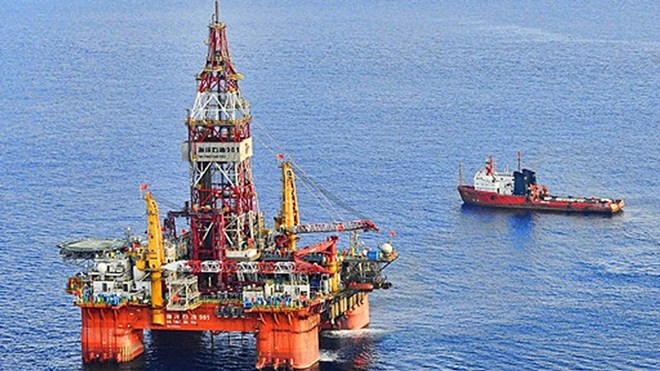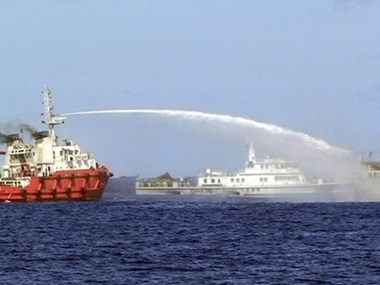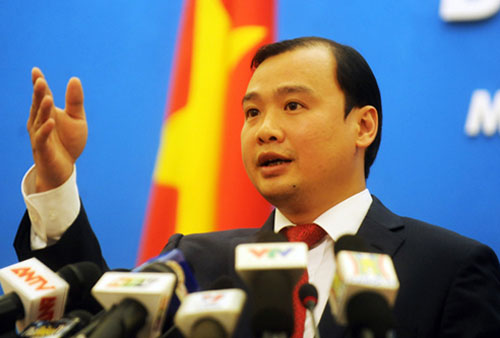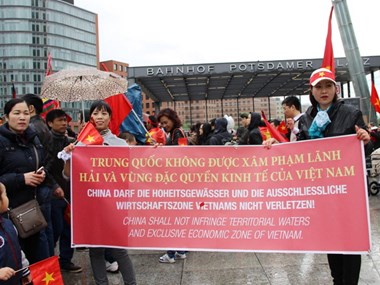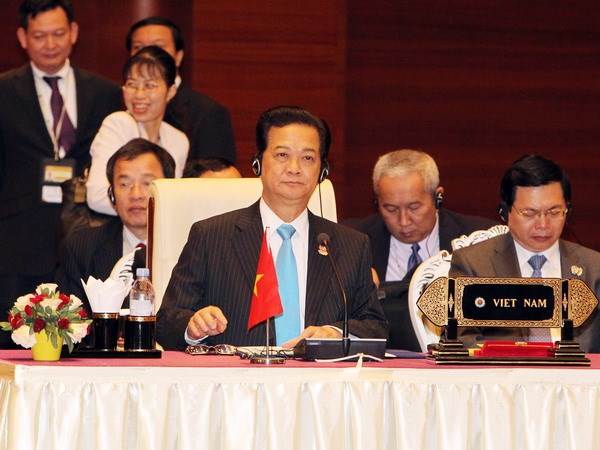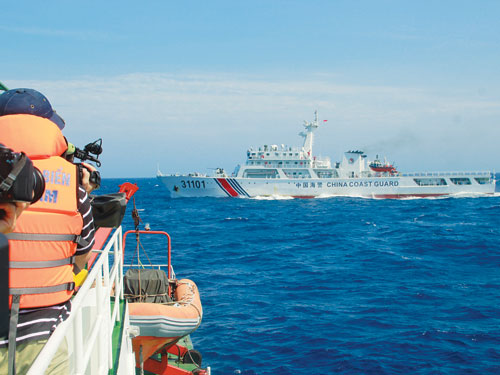China intentionally misquotes Vietnam’s diplomatic letter
China recently intentionally misquoted a diplomatic letter of late Prime Minister Pham Van Dong, addressed to China on September 14, 1958, with the aim of distorting the truth of Vietnam’s sovereignty over Hoang Sa (Paracel) and Truong Sa (Spratly) archipelagos, the Government news portal said on May 25.
According to the online newspaper of the Government, first of all, PM Pham Van Dong’s letter only recognised and approved the decision regarding the 12 nautical mile breadth for China’s territorial sea.
Secondly, PM Pham Van Dong’s letter had no word mentioning territorial and sovereignty issue or any archipelagos. Therefore, the letter did not have a constitutive character for giving up territory.
Thirdly, by the Geneva Accords, Vietnam was divided temporarily into two parts at the 17th parallel, pending reunification through free general elections.
China is one of the signatories of the Geneva Accords and it must know clearly that the two Hoang Sa and Truong Sa archipelagos, lying under the 17th parallel, were under the administration of the Republic of Vietnam .
Vietnam’s sovereignty over Hoang Sa and Truong Sa was recognised at the San Francisco Conference in September 1951, which was to settle the issues of territories after the second World War with the participation of 51 states.
At this conference, Head of the Vietnamese delegation, Prime Minister of Bao Dai’s Government Tran Van Huu reaffirmed Vietnam’s sovereignty over Hoang Sa and Truong Sa archipelagos without any objections from 50 other states.
After signing the Geneva Accords, the French Government transferred the two islands to the Republic of Vietnam which had maintained effective control and exercised sovereignty over the two archipelagos.
Since Vietnam regained unification in 1975, the Socialist Republic of Vietnam administered the islands in Truong Sa archipelago and constantly asserted its sovereignty over the Hoang Sa archipelago.
Under the contemporary international law on territorial acquisition, a state is recognised to have sovereignty over some territory if that state can prove its occupation of and exercising sovereignty over such territory in the capacity as a state in an effective, continuous and peaceful manner. Accordingly, Vietnam has established and exercised its sovereignty over Hoang Sa and Truong Sa archipelagos in accordance with principles of international law.
By the use of force, China occupied the Hoang Sa archipelago in 1956 and 1974. Some islets, rocks and shoals in the Truong Sa archipelago of Vietnam were also occupied by China in 1988. Any acts of using force to occupy Hoang Sa and Truong Sa archipelagos constituted a serious violation of the UN Charter and principles of international law.
A diplomatic memorandum, an official document issued by the Chinese Ministry of Foreign Affairs on May 12, 1988 clearly stated a fundamental principle of international law that sovereignty over a territory cannot be achieved through invasion.
China uses distorted information to deceive others but over the past days, no country in the world has voiced support for China’s illegal placement of its drilling rig in Vietnam’s exclusive economic zone and continental shelf
On May 2, China stationed the Haiyang Shiyou- 981 oil rig at 15 degrees 29 minutes 58 seconds north latitude and 111 degrees 12 minutes 06 seconds east longitude. The location is 80 nautical miles deep inside Vietnam ’s exclusive economic zone and 119 nautical miles to Vietnam’s Ly Son Island.
Besides, China has deployed a large number of ships of various kinds to the area, including military, coast guard, marine surveillance, marine patrol and fisheries that are backed by rescue, transport, refuelling and fishing ships
Chinese ships have repeatedly rammed and fired water cannons into Vietnamese coast guard and fisheries surveillance ships which are carrying out their law enforcement missions in the country’s waters, leaving many Vietnamese ships damaged and many fisheries surveillance officers injured.
VNA
Related news
